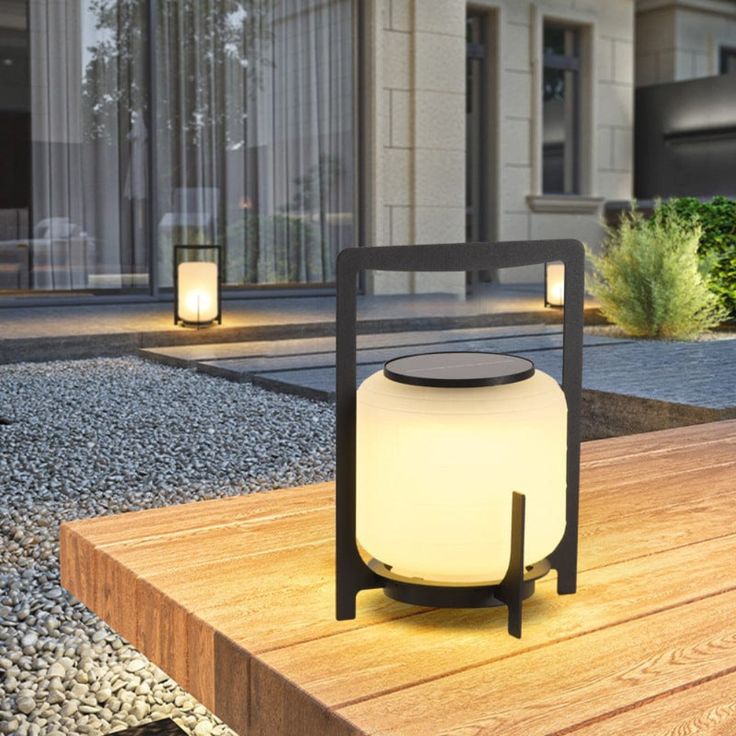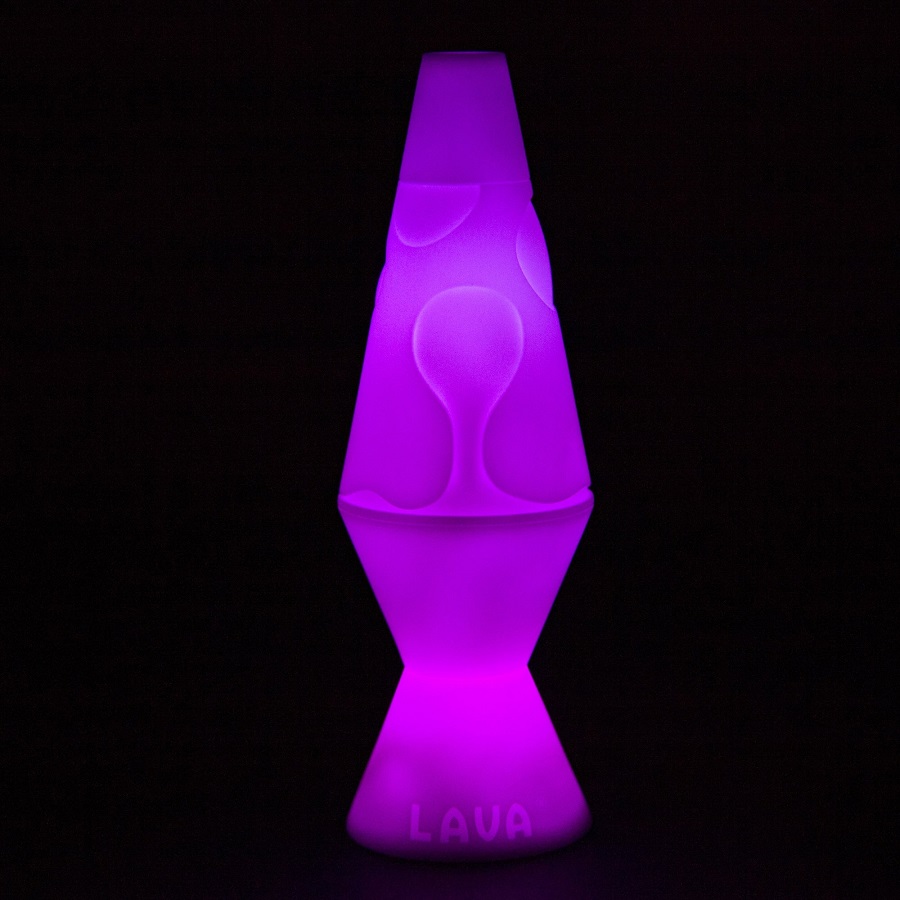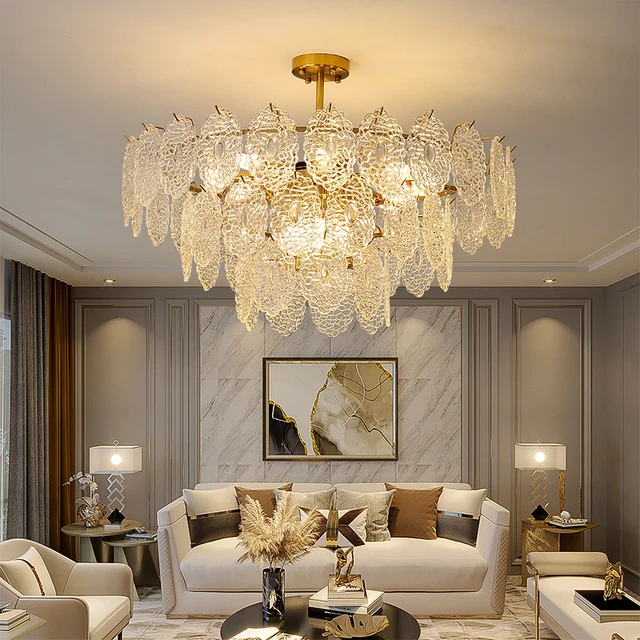 Introduction-Chandelier Height Over Dining Table:
Introduction-Chandelier Height Over Dining Table:
The chandelier is not only a functional lighting fixture but also a decorative element that can enhance the ambiance of a dining space. Determining the right height to hang a chandelier over a dining table is crucial for achieving the desired aesthetic and ensuring optimal lighting. In this comprehensive guide, we will explore the factors to consider when determining the chandelier height over a dining table. By understanding these factors, homeowners can make informed decisions and create a visually pleasing and well-lit dining area.
 Here are some common types of chandeliers:
Here are some common types of chandeliers:
Chandeliers are available in various styles and designs to suit different tastes and interior design aesthetics. Here are some common types of chandeliers:
Crystal Chandeliers:
Crystal chandeliers are elegant and luxurious, featuring an array of crystals that reflect and refract light, creating a dazzling effect. They are often found in formal dining rooms, grand entryways, or luxurious living spaces.
Traditional Chandeliers:
Traditional chandeliers feature classic designs with intricate details, such as ornate metalwork, candle-style lights, and decorative elements. They are often characterized by a timeless and sophisticated appeal, making them suitable for traditional or vintage-inspired interiors.
Modern/Contemporary Chandeliers:
Modern or contemporary chandeliers have sleek and minimalist designs, often featuring clean lines, geometric shapes, and materials like chrome, glass, or other metals. These chandeliers offer a stylish and understated look, making them popular in modern, minimalist, or industrial-style interiors.
Rustic/Farmhouse Chandeliers:
Rustic or farmhouse chandeliers have a cozy and charming appeal, often featuring materials like distressed wood, wrought iron, and exposed bulbs. These chandeliers add a touch of rustic warmth and character to farmhouse-style, country-style, or eclectic interiors.
Drum/Flush Mount Chandeliers:
Drum or flush mount chandeliers have a compact design, ideal for spaces with low ceilings or where a less ornate look is desired. They feature a drum-shaped or flat surface that houses the lights, providing a sleek and modern aesthetic, while still offering the elegance and functionality of a chandelier.
Sputnik Chandeliers:
Sputnik chandeliers are inspired by the mid-century modern style, characterized by a distinctive design resembling a starburst or atomic shape. These chandeliers have multiple arms or spokes extending from a central point with bulbs at the end, creating a unique and eye-catching look.
Mini Chandeliers:
Mini chandeliers are smaller versions of traditional chandeliers, often used in smaller spaces or as accent lighting. They offer the same elegance and charm in a more compact size, making them suitable for bedrooms, walk-in closets, or bathrooms.
These are just a few examples of the many types of chandeliers available. When choosing a chandelier, it’s important to consider the style of your space, the desired lighting effect, and the overall aesthetic you wish to achieve.
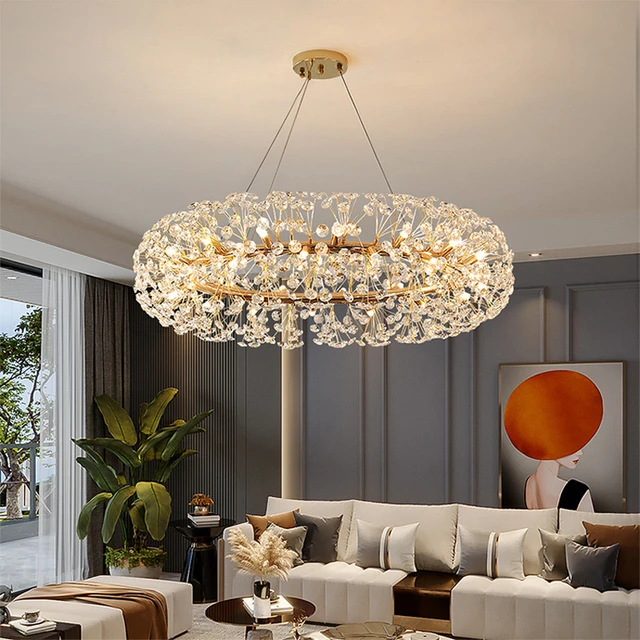 The Importance of Chandelier Height Over a Dining Table
The Importance of Chandelier Height Over a Dining Table
Proper Illumination:
Adequate chandelier height ensures that light is evenly distributed and illuminates the dining table sufficiently for dining activities.
It prevents shadows or glare that may hinder visibility and disrupt the dining experience.
Design and Aesthetic Appeal:
The height at which a chandelier is hung affects the overall visual balance and focal point of the dining space.
A well-placed chandelier creates a cohesive, harmonious look that complements the dining table and room decor.
Factors to Consider When Determining Chandelier Height
Table Shape and Size:
Consider the shape and size of the dining table when determining chandelier height.
Round or square tables may require the chandelier to be hung higher, while rectangular tables may require the chandelier to be hung lower.
Ceiling Height:
Take into account the ceiling height to ensure that the chandelier is positioned at an appropriate distance from the table.
Higher ceilings generally allow for more flexibility in chandelier height, whereas lower ceilings may require the chandelier to be hung closer to the table.
Desired Lighting Effect:
Determine the desired lighting effect for the dining space.
Hanging the chandelier higher creates a more diffused, ambient lighting effect, while hanging it lower provides more direct, focused lighting.
Guidelines for Chandelier Height Over a Dining Table
Standard Rule of Thumb:
A commonly used guideline suggests that the bottom of the chandelier should hang approximately 30 to 34 inches above the dining table surface.
This distance allows for proper illumination while maintaining a visual connection between the chandelier and the dining area.
Adjusting for Ceiling Height:
For higher ceilings, consider hanging the chandelier slightly lower to maintain a proportional look.
Adjustments can be made by lowering the chandelier by 3 inches for every additional foot of ceiling height.
Considering Table Size:
For smaller tables, the chandelier can be positioned closer to the table surface.
For larger tables, the chandelier may need to hang slightly higher to accommodate the increased surface area.
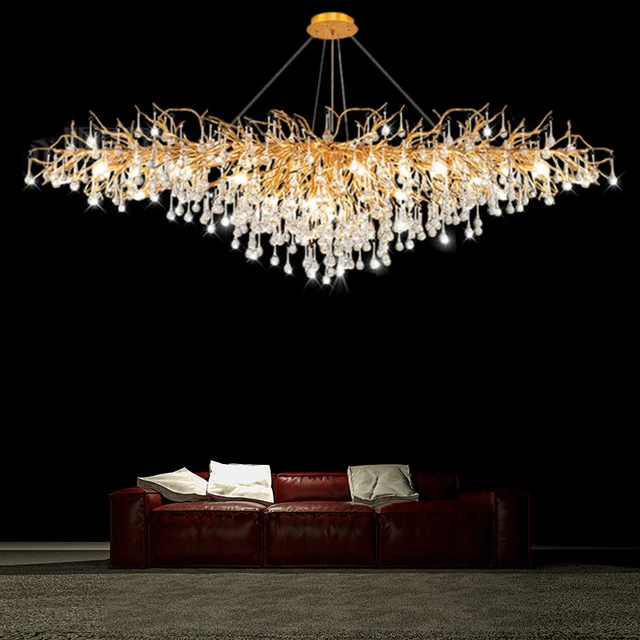 Additional Tips for Chandelier Height Over a Dining Table
Additional Tips for Chandelier Height Over a Dining Table
Testing and Adjusting:
Hang the chandelier temporarily using a chain or adjustable cord to test the height before installing it permanently.
Make adjustments and observe the lighting and overall visual impact from different angles.
Scale and Proportion:
Consider the scale and proportion of the chandelier in relation to the dining table and room.
A larger chandelier may require more height to ensure it doesn’t overwhelm the space.
Safety and Clearance:
Ensure the chandelier is hung at a height that allows for adequate clearance for seated individuals.
Avoid a chandelier height that obstructs the view across the table or poses a safety hazard.
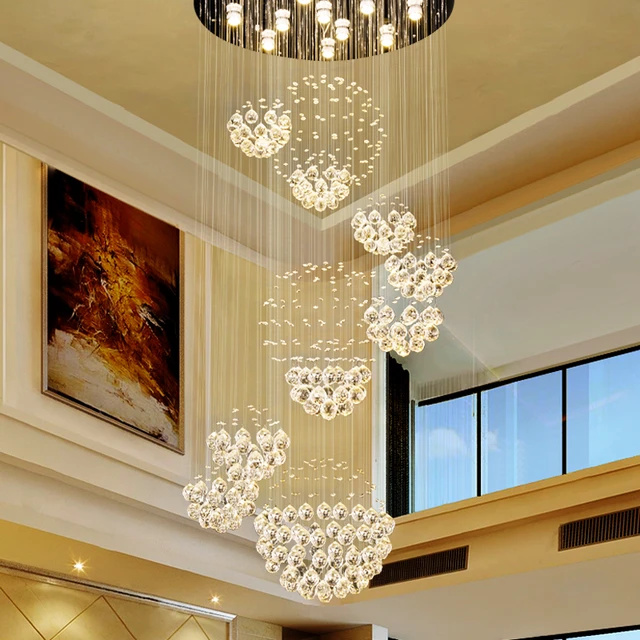 Conclusion-Chandelier Height Over Dining Table:
Conclusion-Chandelier Height Over Dining Table:
Determining the appropriate chandelier height over a dining table is crucial for achieving optimal lighting and visual appeal in the dining space. Considering factors such as table shape, size, ceiling height, and desired lighting effect helps homeowners make informed decisions. By following guidelines and adjusting for individual preferences and room characteristics, a well-placed chandelier can enhance the ambiance and drama of the dining area. Testing and adjusting height, considering scale and proportion, and ensuring safety and clearance are essential additional factors to consider. Embrace the beauty and functionality of a properly hung chandelier over a dining table, and create a stunning focal point that elevates the overall dining experience.

